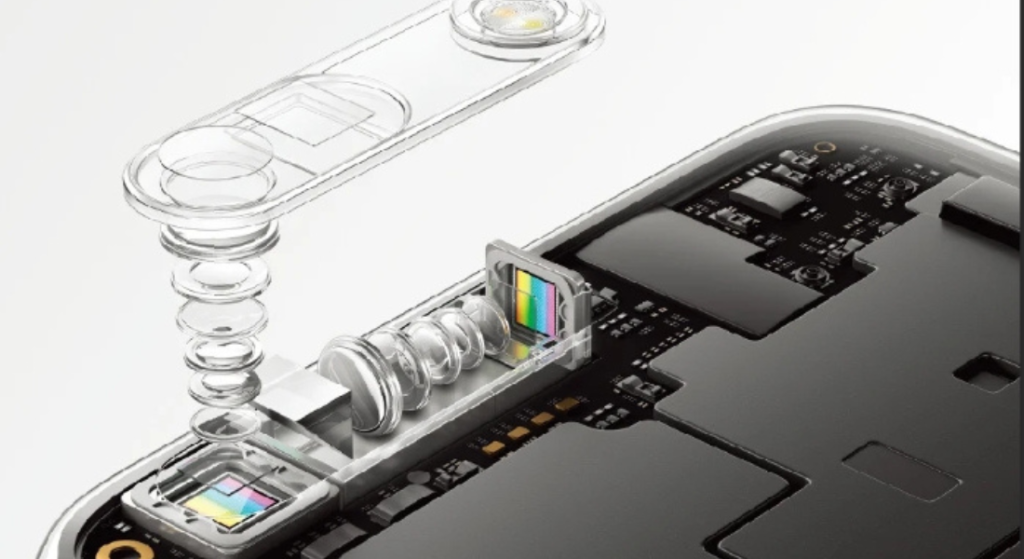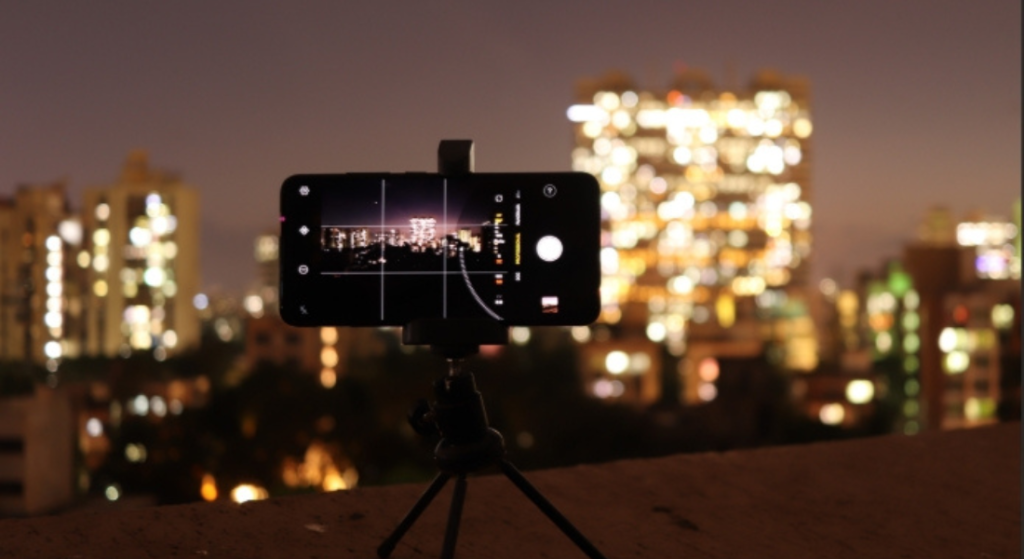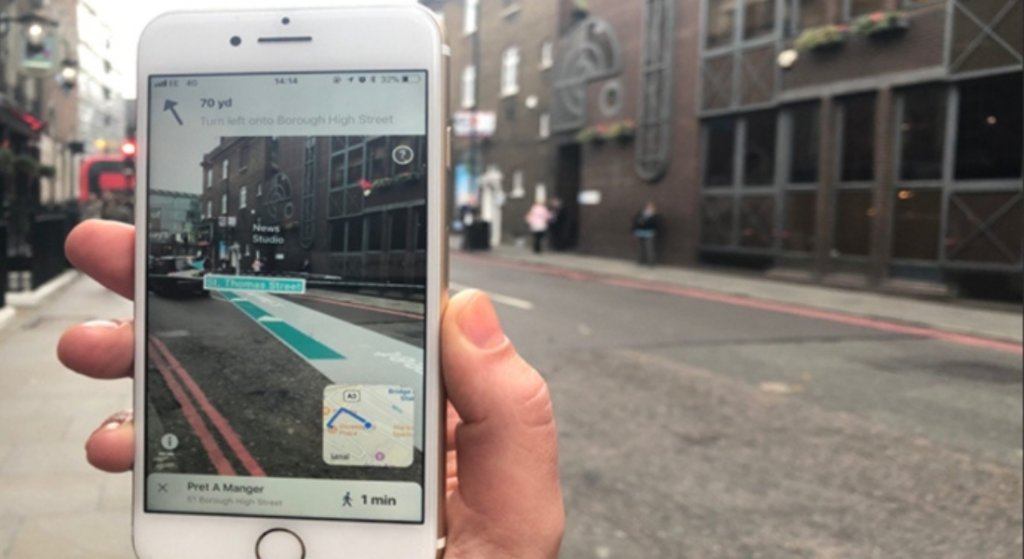1. The Rise of Smartphone Photography: Revolutionizing the Way We Capture Moments
Next-Gen Smartphone Photography: Over the years, smartphone photography has transcended its humble beginnings to become a cornerstone of modern visual storytelling. From basic cameras with limited capabilities to high-resolution lenses equipped with computational photography, smartphones have consistently pushed the boundaries of what is possible.
Today, Next-Gen Smartphone Photography cameras dominate the photography landscape due to their accessibility, versatility, and constant innovation. The integration of artificial intelligence (AI), advanced sensors, and software processing has empowered users to take professional-grade photos effortlessly. Features like portrait mode, night mode, and optical zoom have Next-Gen Smartphone Photography, making it more inclusive and widely available.
Moreover, social media platforms have amplified this phenomenon, turning casual snapshots into viral sensations and fostering creativity like never before. As smartphones continue to evolve, their cameras are leading the charge in shaping the future of Next-Gen Smartphone Photography, blending convenience with cutting-edge technology.
Innovation 1: Computational Photography and AI Enhancements

Computational photography, powered by artificial intelligence (AI), is revolutionizing smartphone photography by delivering unparalleled image quality and introducing advanced features that were once exclusive to professional cameras.
AI-driven technologies enable smartphones to process images beyond the limitations of hardware. For instance, AI algorithms combine multiple frames to enhance detail, reduce noise, and create stunning High Dynamic Range (HDR) photos. Features like portrait mode and bokeh effects use AI to mimic the depth-of-field achieved by DSLR cameras, offering sharp subjects and beautifully blurred backgrounds.
Click Here: मिलिए 21 साल के शशि कुमार से जो स्मार्टफोन से करते हैं माईक्रो फोटोग्राफी
Additionally, AI is enhancing real-time scene recognition, automatically adjusting settings like exposure, white balance, and focus to suit different environments, whether it’s a sunset, a cityscape, or a low-light scene. It also powers advanced editing tools, such as skin smoothing, background adjustments, and object removal, allowing users to perfect their photos effortlessly.
The integration of computational photography ensures that even casual Next-Gen Smartphone Photography can capture professional-grade images with ease, redefining what is possible with smartphone cameras. As AI continues to evolve, the potential for innovation in smartphone photography remains limitless.
Innovation 2: Advanced Sensor Technologies: Elevating Smartphone Photography to New Heights

The introduction of larger sensors and higher resolutions in smartphone cameras has been a game-changer, enabling users to capture images with unmatched detail and clarity. Larger sensors allow for more light intake, significantly improving image quality—especially in low-light conditions. This results in sharper photos with enhanced dynamic range and reduced noise, ensuring that even the subtlest details are preserved.
Higher resolution cameras, now reaching up to 200 megapixels in some smartphones, take this innovation even further. They provide immense flexibility for cropping and post-processing without losing detail. Whether it’s capturing intricate textures, fine patterns, or stunning landscapes, high-resolution sensors ensure that every pixel contributes to a vibrant and realistic representation.
Additionally, advanced sensor technologies now include features like multi-layered sensors, which separate RGB colors for more accurate color reproduction, and stacked sensors, which speed up processing for burst shots and video recording. These advancements bring smartphone cameras closer to professional-grade photography, empowering users to push their creative boundaries.
As sensor technology continues to evolve, Next-Gen Smartphone Photography are poised to deliver even greater performance, redefining the limits of mobile photography.
यह भी पढ़े: “5 Game-Changing Smartphone Security Trends Protecting Your Digital World”
Innovation 3: Periscope Lenses and Optical Zoom: Revolutionizing Smartphone Zooming Capabilities

The advent of periscope lenses in smartphones has redefined optical zoom, offering incredible zooming capabilities without compromising image quality or adding bulk to the device. Unlike traditional camera systems, which rely on straightforward lens stacking, periscope lenses utilize a clever design that bends light at a 90-degree angle through a prism. This innovative layout allows for a longer focal length within the compact form of a smartphone.
Periscope technology enables smartphones to achieve optical zoom levels of up to 5x or even 10x, providing sharp, detailed images that go far beyond the limits of digital zoom. With this breakthrough, users can capture distant subjects—be it wildlife, architectural details, or candid moments—without sacrificing clarity or resolution. Combined with advanced image stabilization systems, these lenses ensure steady and blur-free zoomed-in shots, even at maximum magnification.
This innovation brings professional grade zoom capabilities to your pocket, empowering Next-Gen Smartphone Photography to explore new creative possibilities. As periscope technology continues to evolve, we can anticipate even greater advancements in zoom performance, further bridging the gap between smartphones and traditional cameras.
Innovation 4: Low-Light and Night Mode Advancements: Redefining Smartphone Photography in Dim Environments

Smartphones are transforming the art of low-light Next-Gen Smartphone Photography with groundbreaking advancements in Night Mode technology. These innovations allow users to capture stunning photos in dimly lit environments without compromising clarity or color accuracy.
Night Mode leverages computational Next-Gen Smartphone Photography and multi-frame processing to brighten scenes while maintaining natural tones. By combining several exposures into a single image, smartphones reduce noise and enhance details—even in challenging lighting scenarios. This feature is particularly effective for capturing cityscapes at night, candle-lit settings, or starry skies.
Additionally, low-light capabilities are now enhanced by larger sensors and wider apertures, which increase light intake for crisp and vivid shots. AI-powered scene detection further optimizes settings, ensuring that every detail—be it shadows, reflections, or highlights—is perfectly balanced.
These advancements empower users to create breathtaking photos in conditions that were previously deemed impossible, reshaping expectations of Next-Gen Smartphone Photography performance. As the technology continues to evolve, low-light photography is set to reach new heights, turning every dim setting into an opportunity for creative expression.
Innovation 5: Integration of AR and 3D Mapping: Unlocking New Dimensions in Smartphone Photography

The integration of augmented reality (AR) and 3D mapping into Next-Gen Smartphone Photography is paving the way for a new era of creative possibilities. This cutting-edge technology allows users to merge the digital and physical worlds seamlessly, transforming ordinary images into interactive, multidimensional experiences.
AR enhances Next-Gen Smartphone Photography by overlaying digital elements onto real-world scenes. For instance, users can add virtual objects, graphics, or animations to their photos, creating dynamic compositions. Whether it’s designing virtual spaces, experimenting with creative filters, or visualizing product prototypes, AR enriches the creative process like never before.
On the other hand, 3D mapping technology uses depth sensors and LiDAR (Light Detection and Ranging) to create highly accurate spatial maps. This enables smartphones to capture not just the surface details of objects, but also their dimensions and placement within a physical space. Applications range from creating 3D models and immersive photography to enabling more realistic AR effects.
By merging AR and 3D mapping, Next-Gen Smartphone Photography evolves into a powerful tool for artists, designers, and everyday users alike. From personalized AR experiences to realistic spatial renditions, this innovation is redefining how people interact with the digital and physical worlds through photography.
Conclusion: The Future of Smartphone Photography
The innovations shaping Next-Gen Smartphone Photography are transforming it into a powerful, creative tool accessible to everyone. From AI-driven computational photography and advanced sensors to periscope lenses, low-light advancements, and the integration of AR and 3D mapping, these breakthroughs are redefining how we capture and interact with the world through images.
For users, this evolution means that high-quality, professional-grade Next-Gen Smartphone Photography is now at their fingertips. The merging of cutting-edge hardware and software enables stunning visuals, greater creative possibilities, and convenience that empowers both casual photographers and seasoned artists alike.
Looking ahead, the future of Next-Gen Smartphone Photography promises even more groundbreaking advancements. We can expect devices to continue pushing the boundaries of image quality, spatial depth, and interactive experiences. As technology progresses, smartphone cameras will not only enhance our ability to document life but also inspire new ways to express ourselves and share our stories.
Smartphone photography is entering a thrilling era—where innovation and accessibility go hand in hand to create a richer, more visually connected world. Let me know if you’d like refinements to this conclusion!

